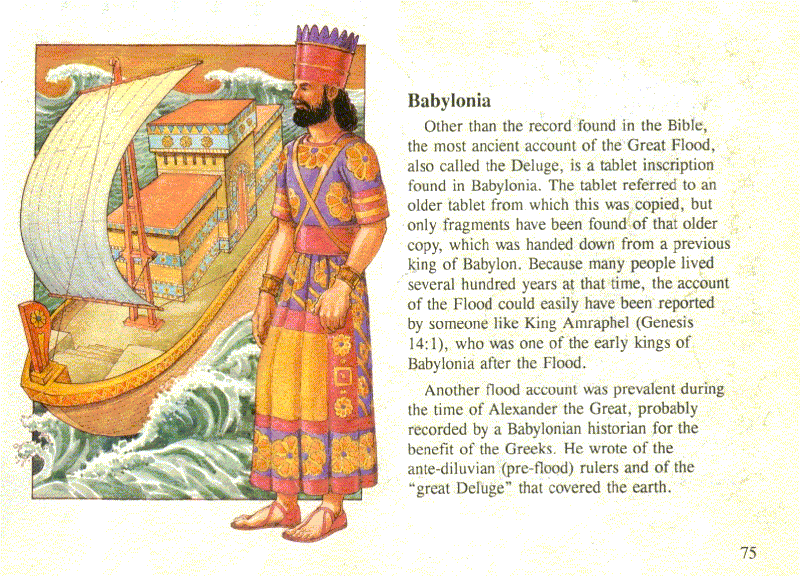Physical Evidence for a Universal Flood
|
|
What Kind of Things Would We Expect to Observe on the Earth as a Result of a Global Flood?
We Might Expect . . .
Deep Ocean Basins, Large Mountain Ranges
Large Sedimentary Deposits containing the fossilized remains of dead plants and animals.
Large Canyons carved out by vast amounts water and mud as it ran rapidly back into the seas after the flood.
Flood Legends
in Cultures Throughout the World
by Dr. Steven A. Austin
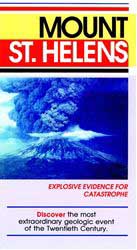
In this video, Steven A. Austin, a
Ph.D. in Geology and Bible believing Creationist, discusses the
Mount
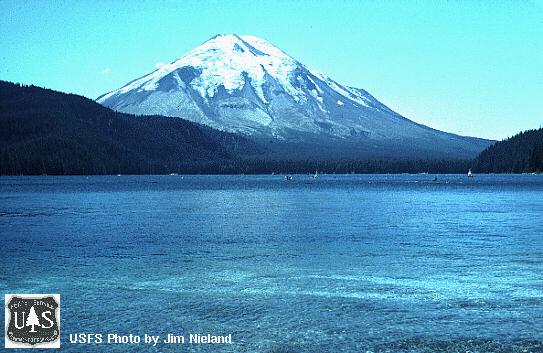
Before the devastating
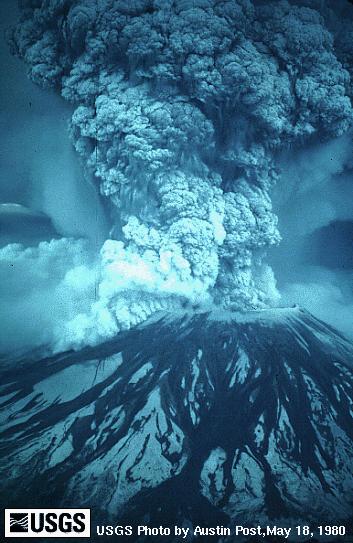
On
Although tiny by the standards of
most eruptions, this eruption:
Flattened millions of trees in 240
square miles of forest.
Melted snowfields and glaciers, and
caused heavy rainfall.
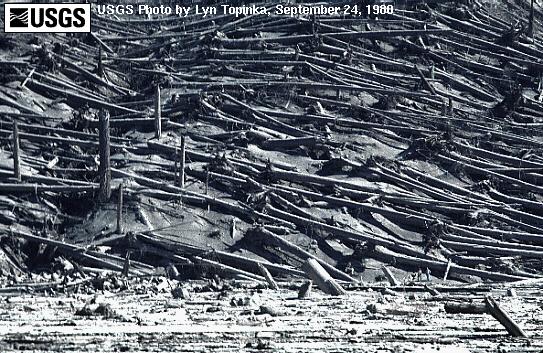
The melted snowfields and glaciers
and heavy rainfall resulted in a mudflow that picked up the fallen logs (some
of which traveled upright), so that both forks of the
Floating Logs on Nearby
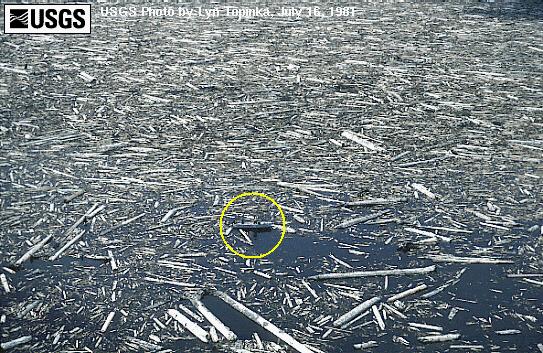
An earthquake, Richter magnitude
5.1, caused a landslide that dumped one-eighth of a cubic mile of debris into
the nearby
Logs in
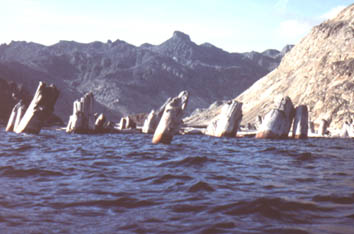
Since roots are designed to absorb
water, the remains of the roots on the floating logs soaked up water from the
lake.
This caused the root end to sink, and the log tipped up to float in an upright position (see photo on p. 21 of the magazine).
When a log soaked up even more water, it sank and landed on the lake bottom.
The Logs Began to Sink - Upright
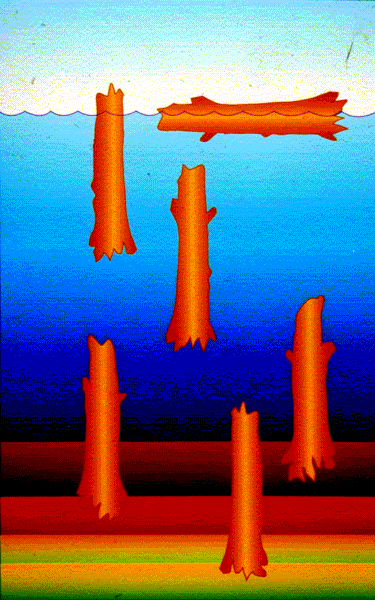
Debris from the floating log mat and a continuing influx of sediment from the land (in the aftermath of the catastrophe) buried the logs, still in an upright position.
Trees that sank later would be buried higher up, that is on a higher level, although they grew at the same time.
In 1985, a team led by Drs. Steve Austin and Harold Coffin confirmed that there were about 15,000 upright logs on the bottom of the lake.
Later, the lake was partly drained, exposing some of the bottom, revealing upright logs stuck in the mud.
Imagine if the logs on the bottom of Spirit Lake were found thousands of years later.
Evolutionists would probably interpret them as multiple forests buried in place, rather than trees living at the same time that were uprooted, transported, and then sunk at different times!
Polystate Fossils
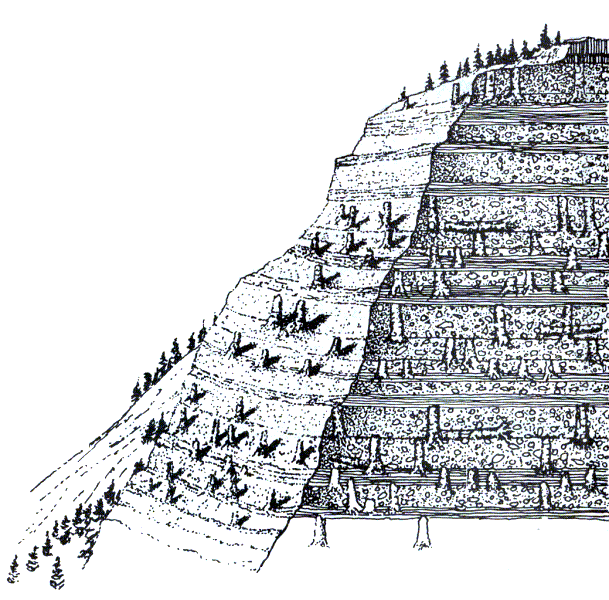
27 layers of forests at Specimen
Ridge,
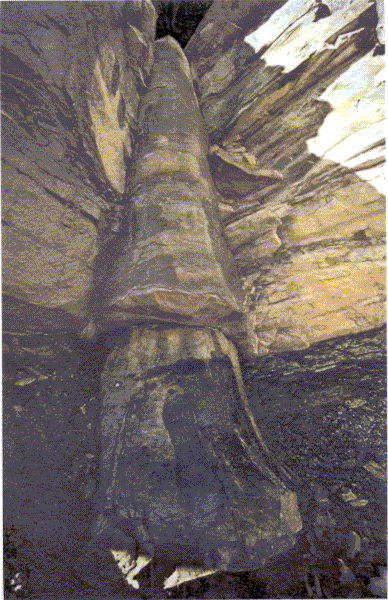
A 30 foot petrified tree is one of
hundreds found in the Kettles coal mines near
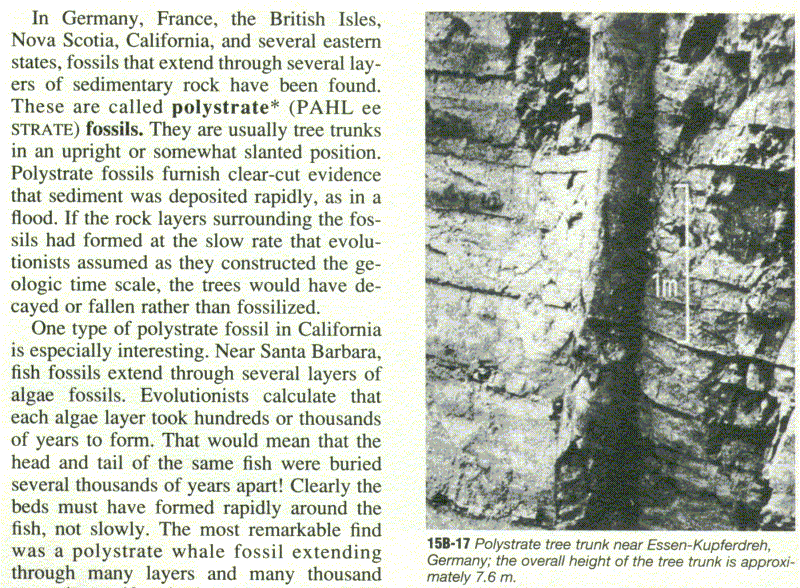
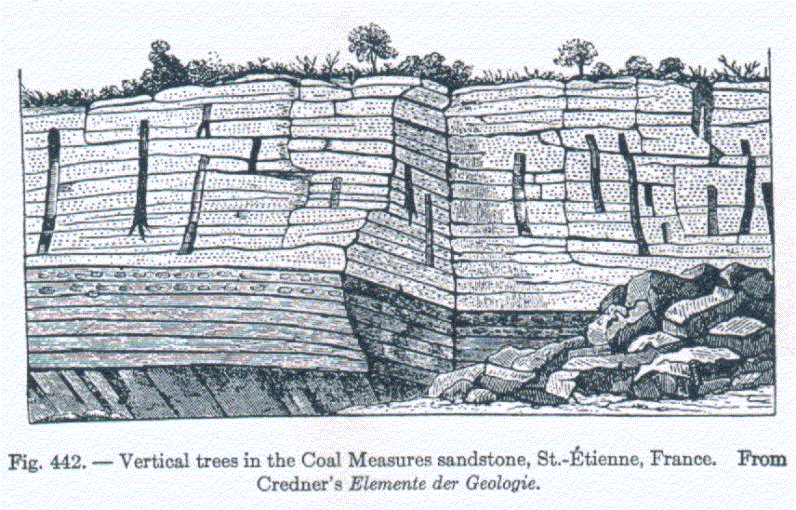
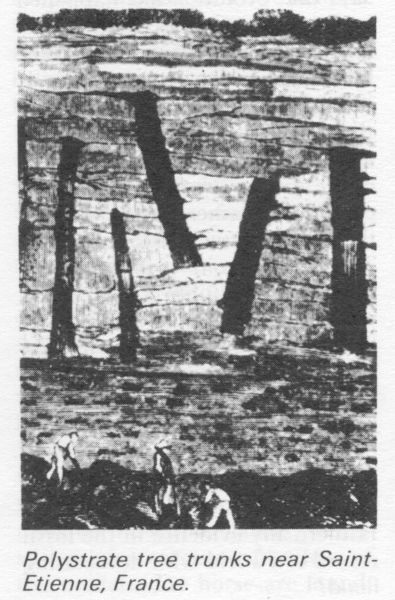
Some polystrate trees are upside
down extending through many layers including layers of coal. Picture from Bone of Contention by Silvia Baker p. 12
The evolutionist has only two choices to solve this dilemma:
1. The trees stood upright for millions of years while the sediment layers formed around them.
2. The trees grew through hundreds of feet of solid sedimentary rock looking for sunlight.
There is a third way to look at this:
The trees were buried upright in a big flood.
Petrified Wood
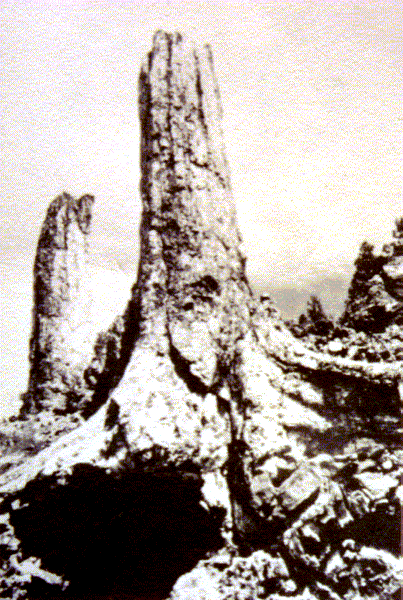
Petrified wood does not take
millions of years to form.
Researchers placed a log on the end
of a rope down inside an alkaline spring in
They cam back a year later, pulled
the log out, and found that significant petrifaction had occurred
A.C. Sigleo, Organic chemistry of
solidified wood, Geochimica et Cosmochimica
Acta 42:13971405, 1978; cited in J. Morris, The Young Earth, p. 113.
Rock Layers
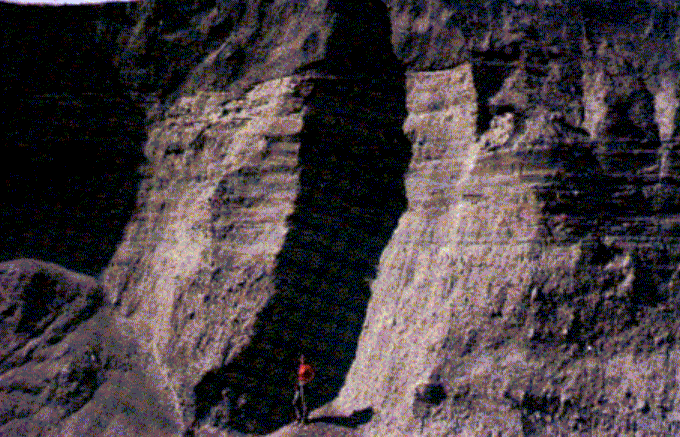
Fine layering was produced within hours
at MT St Helens on
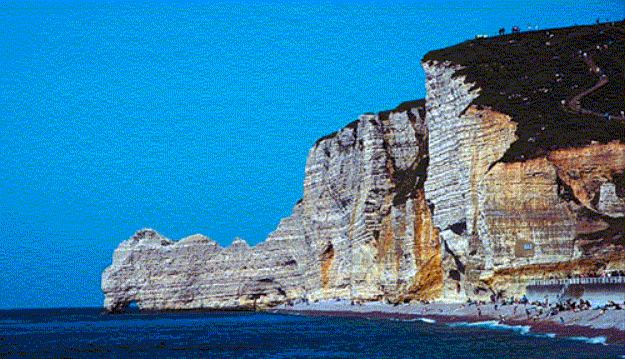
Normandy, France
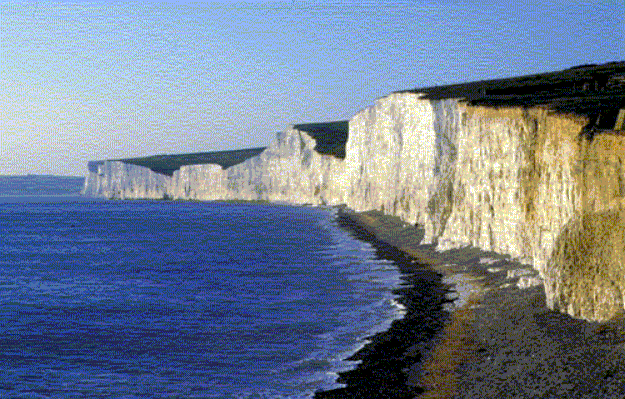
The White Cliffs of Dover, England
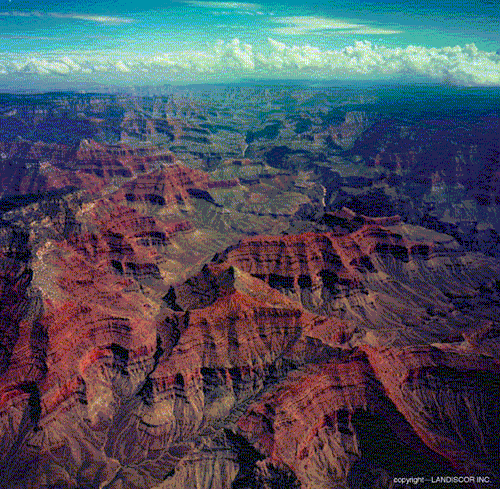
The Grand Canyon
Mount
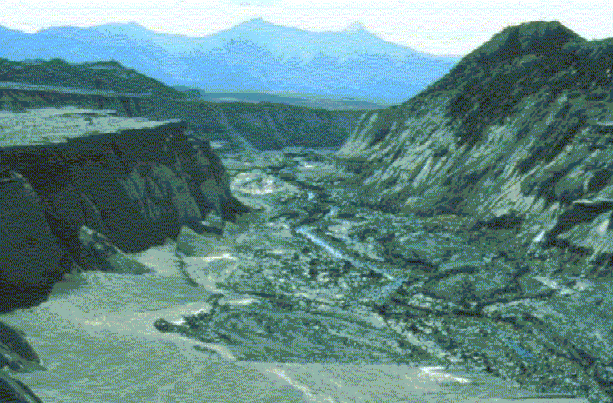
The 100-foot-deep Engineers Canyon
on the north fork of the
It was carved very quickly by a
catastrophic mud flow from a Mt St Helens eruption through earlier volcanic
deposits.
(http://www.answersingenesis.org/home/area/feedback/negative_31march2002.asp)

Mount St. Helens - After
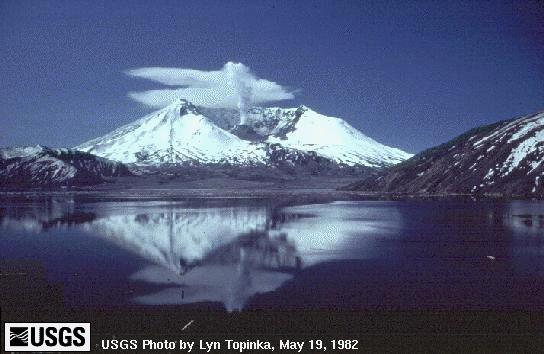
May 19, 1982
Flood Legends
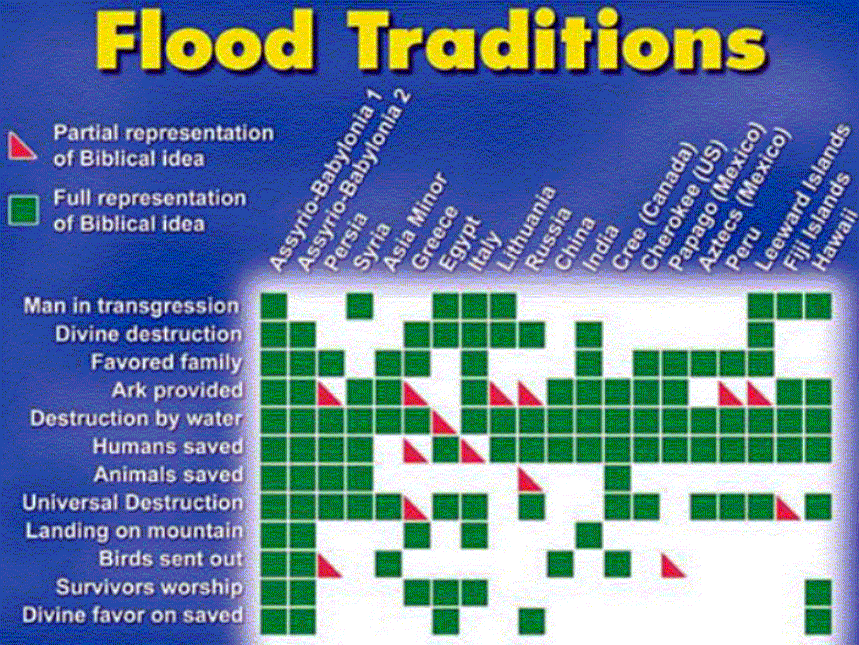
http://www.answersingenesis.org/docs2004/0324ark.asp
Some Examples From
Dinosaurs By
Design, Duane Gish, p.74-75:
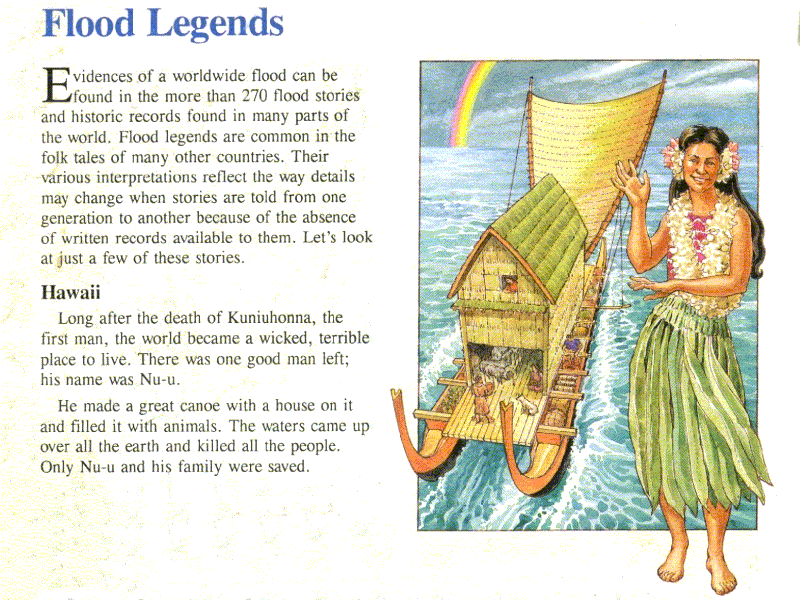
Long after the
death of Kuniuhonna, the first man, the world became a wicked terrible place to
live. There was one good man left; his name was Nu-u.
He made a great
canoe with a house on it and filled it with animals. The waters came up over
all the earth and killed all the people.
Only Nu-u and his
family were saved.
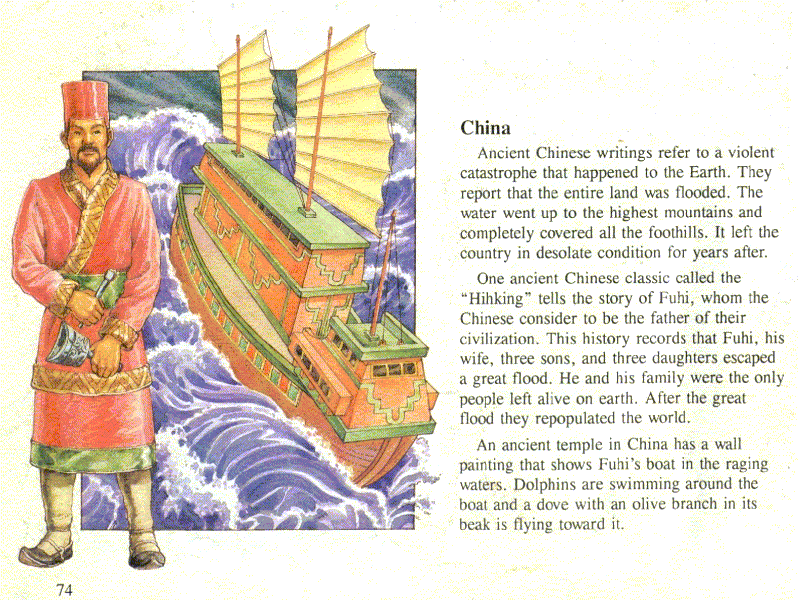
Chinese classic
called the Hihking tells the story of Fuhi, whom the Chinese consider to be
the father of their civilization
This history
records that Fuhi, his wife, three sons and three daughters escaped a great
flood. He and his family were the only
people alive on earth.
After the great
flood they repopulated the world.
The Toltec Indians
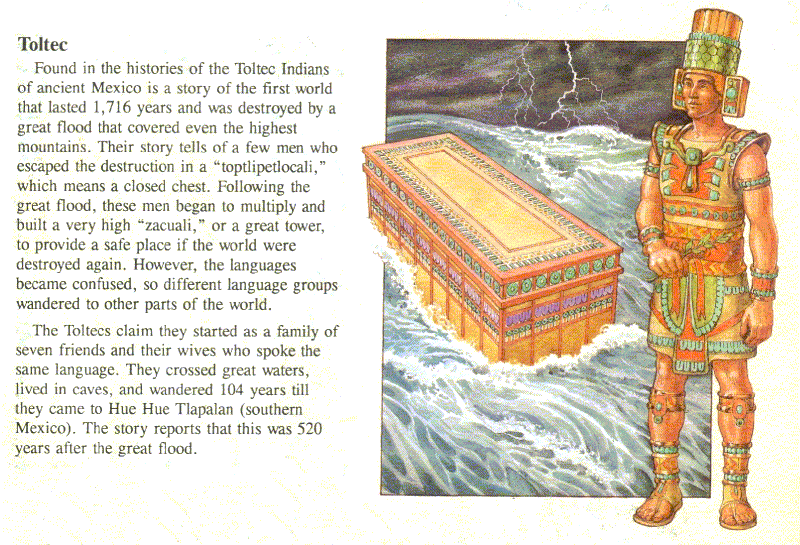
The Toltec Indians
of ancient
The Bible dates
put the flood 1656 years after creation.
The Toltec legend is only 60 years off! Not bad!
